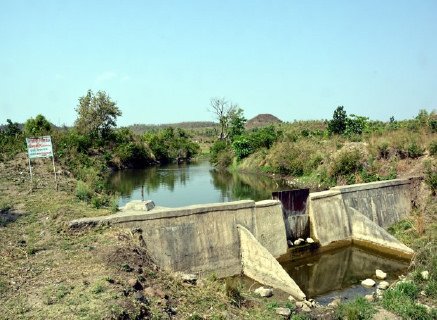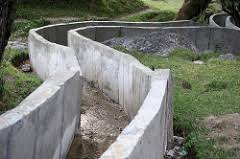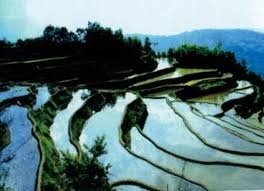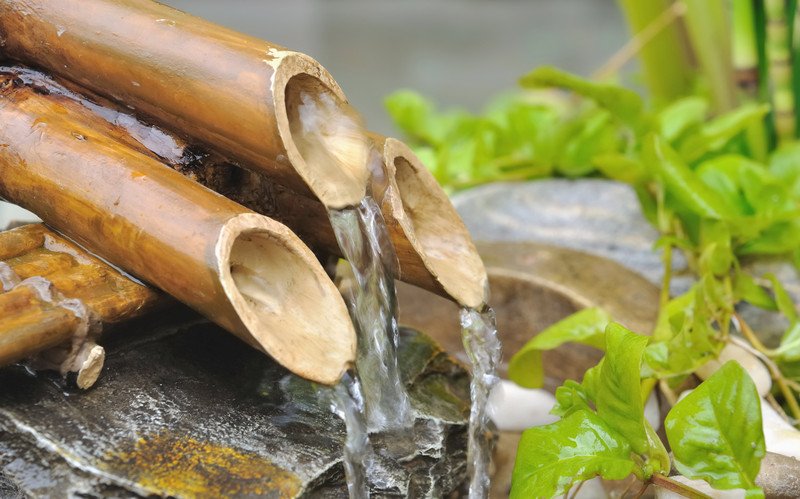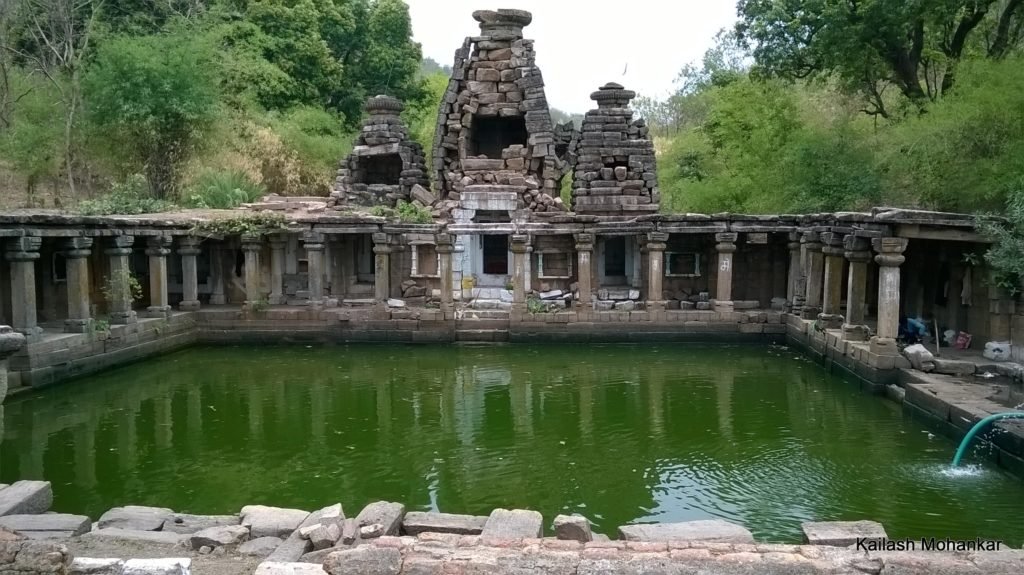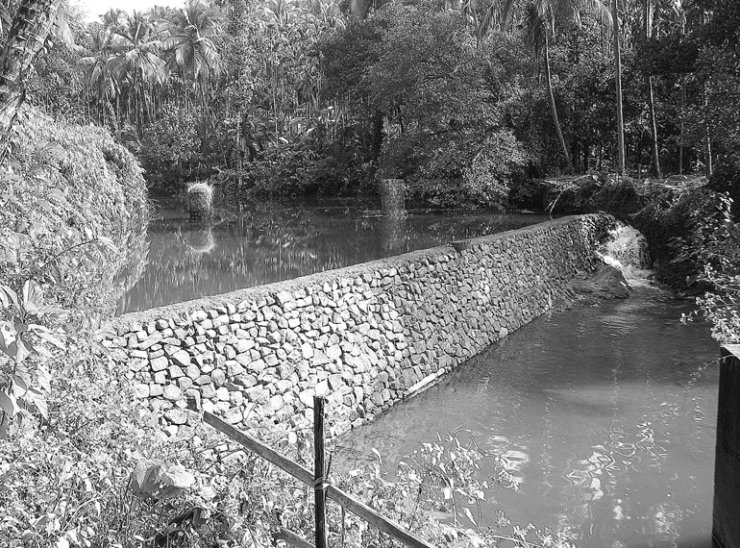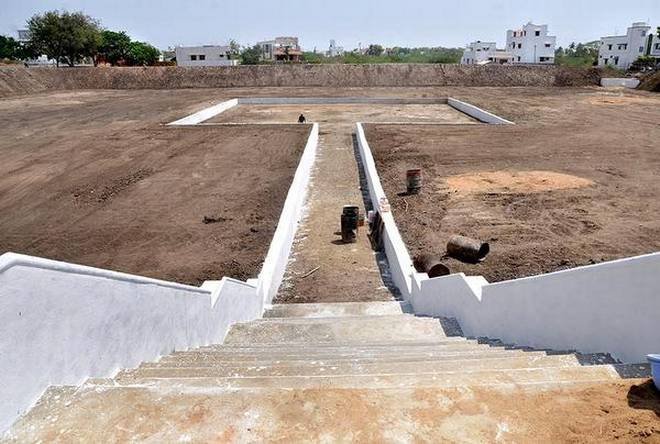In the first part of this two-blog series, we have listed 10 ancient methods observed in India for the conservation of water. Here we are again, to present the rest of the listing:
-
Nadi
Nadis are mostly found near Jodhpur in Rajasthan. They are the village ponds which receive the rainwater from the adjoining natural catchment areas. For having a Nadi with a good capacity, the site of the Nadi is carefully chosen after examining it for its catchment and runoff characteristics. Due to the collection of water from natural torrential rainfalls, the siltation (deposition of sandy sediments) is a commonly faced problem. Siltation makes the water unfit for drinking purposes. Along with individual methods of purifying the water from Nadis, a local voluntary organisation, the Mewar Krishak Vikas Samiti (MKVS) is promoting afforestation near the drainage basin and putting silt traps & spillways systems to old Nadis, to counter this problem.
-
Bhandara Phad
A Bhandhara Phad is a most popular method of water conservation which involves building a Bhandhara (check dam), across a river. The canals branch out from this Bhandhara with water and take them to the fields in the phad. (the agricultural block). A Phad is a century old community-managed irrigation system. This Phad system is operated on three rivers in the Tapi basin – Panjhra, Mosam and Aram – in the Dhule and Nasik districts of Maharashtra. In modern India, this method is helpful in mitigating the risk of crop failure, especially in drought-prone suicide belts, like Vidarbha, Maharastra.
-
Zing
Regions of Indian sub-continent which relies majorly on glacier water, like Ladakh, work with a network of guiding channels called Zings, that can bring the melting glacier water into the tanks. Chirpun is an authoritative water official, designated to check for the equitable distribution of water throughout the fields of the region under his authority.
-
Kuhls
Kuhls are prominent surface water channels in the mountainous regions of Himachal Pradesh which carry glacial waters from rivers and streams into the fields. Kuhls is like a lifeline of Himachal state. With 715 major kuhls and 2,500 minor kuhls, the Kangra Valley can irrigate more than 30,000 hectares of the field. The maintenance of these Kuhls is done by a person designated as Kohli.
-
Zabo
Zabo is a practice observed in forested hilltop areas like Nagaland (also known as the Ruza system) and is a combination of water conservation with forestry, agriculture and animal care, in one practice. This is how it works
- Pond-like structures are built on the terraced hillsides which deposit run-off rainwater that falls on forested hilltops.
- The channels carry the water to reach the ponds. These channels also pass through the cattle yards where the dung and urine of animals are collected, before it reached into paddy fields at the foot of the hill.
- The fish rearing and growth of medicinal plants is supported by the ponds created in these paddy fields.
-
Bamboo Drip Irrigation
This irrigation technique is used to well-support the requirement of crops that requires less water for cultivation like black pepper plants. Bamboo Drip irrigation System involves diverting of water from perennial springs to the terrace fields with the use of varied sized and shaped bamboo pipes. The crops receive water directly to their roots. This method is in practice from over two centuries in Northeast India and is used by the farmers of Khasi and Jaintia hills to irrigate their black pepper cultivation.
-
Jackwells
Jackwells are intelligently planned pits in the low-lying region of Great Nicobar islands, which gives a water reserve in such a rugged topography. These pits are encircled by bunds made from the logs of hardwood. The structure has a longitudinally cut and placed full-length bamboo on the gentle slope. The lower end of the bamboo leads the water into the Jackwell. These Jackwells are placed under tress to collect even the small amount of runoff water from the leaves and many Jackwells are interconnected to handle the overflow of each other.
-
Ramtek Model
The technique is efficient in conserving about 60 to 70% of the total runoff in the Ramtek town in Maharastra (that is why this method is called Ramtek Model). The Malguzars (landowners) in this town build a network of tanks connected by underground and surface canals, that extends from the foothills to the plains. When filled-up to the capacity, the water from the tanks located in the hills flows down to fill successive tanks, leading to a small waterhole.
-
Pat System
The Pat system is efficiently used to divert water from hill streams into irrigation channels, using the peculiar characteristics of the Bhitada village in Jhabua district of Madhya Pradesh. The piled-up stones are lined with teak leaves & mud to make diversion bunds leak-proof, and are then passed through deep ditches and stone aqueducts as an irrigation system for the use by the villagers.
-
Eri
The Eri (tank) system of Tamil Nadu is still being used as a flood-control system, to prevent soil erosion, recharging the groundwater and to prevent the wastage of runoff during periods of heavy rainfall. It has two variants:
- A system which is fed by channels that divert river water,
- A system that is fed solely by rain.
The Eri system enables the complete use of water for irrigation. Its interconnected structure has made it to reach the farthest villages of Tamil Nadu.
The groundwater recharge and rainwater harvesting techniques are needed more in the recent era than the ancient times. It is due to the increasing population and global warming which is adversely affecting the demand-supply cycle of water from natural sources.
Modern-day Rainwater harvesting Products at Chaitanya
Chaitanya Rainwater Harvest Product and Systems is a well-established company to provide rainwater harvesting expert services, under the guidance of expert engineers. The services and rainwater harvesting products like rooftop gutters, filtration screen equipment, etc. are all set to amalgamate the ancient methods of water conservation to the modern-day methods.


